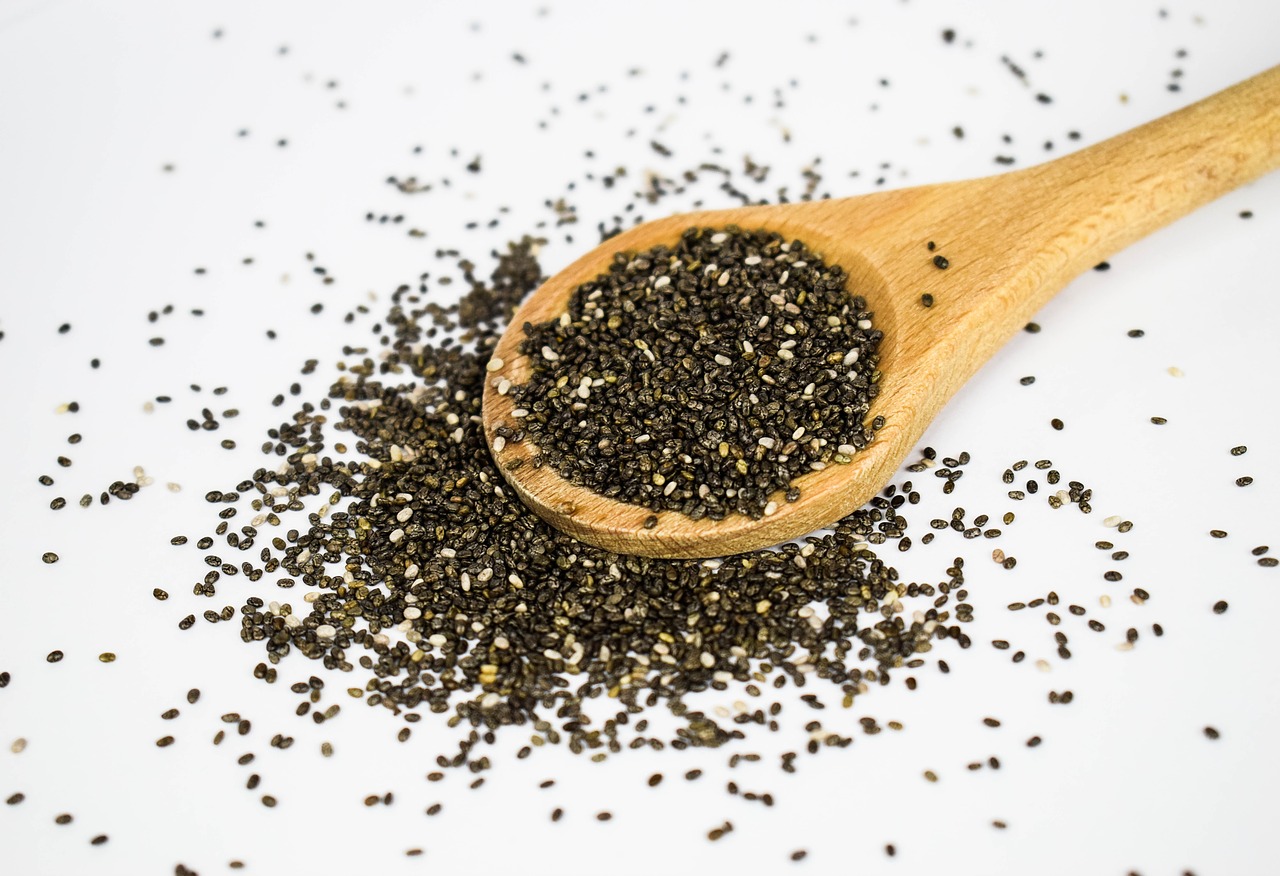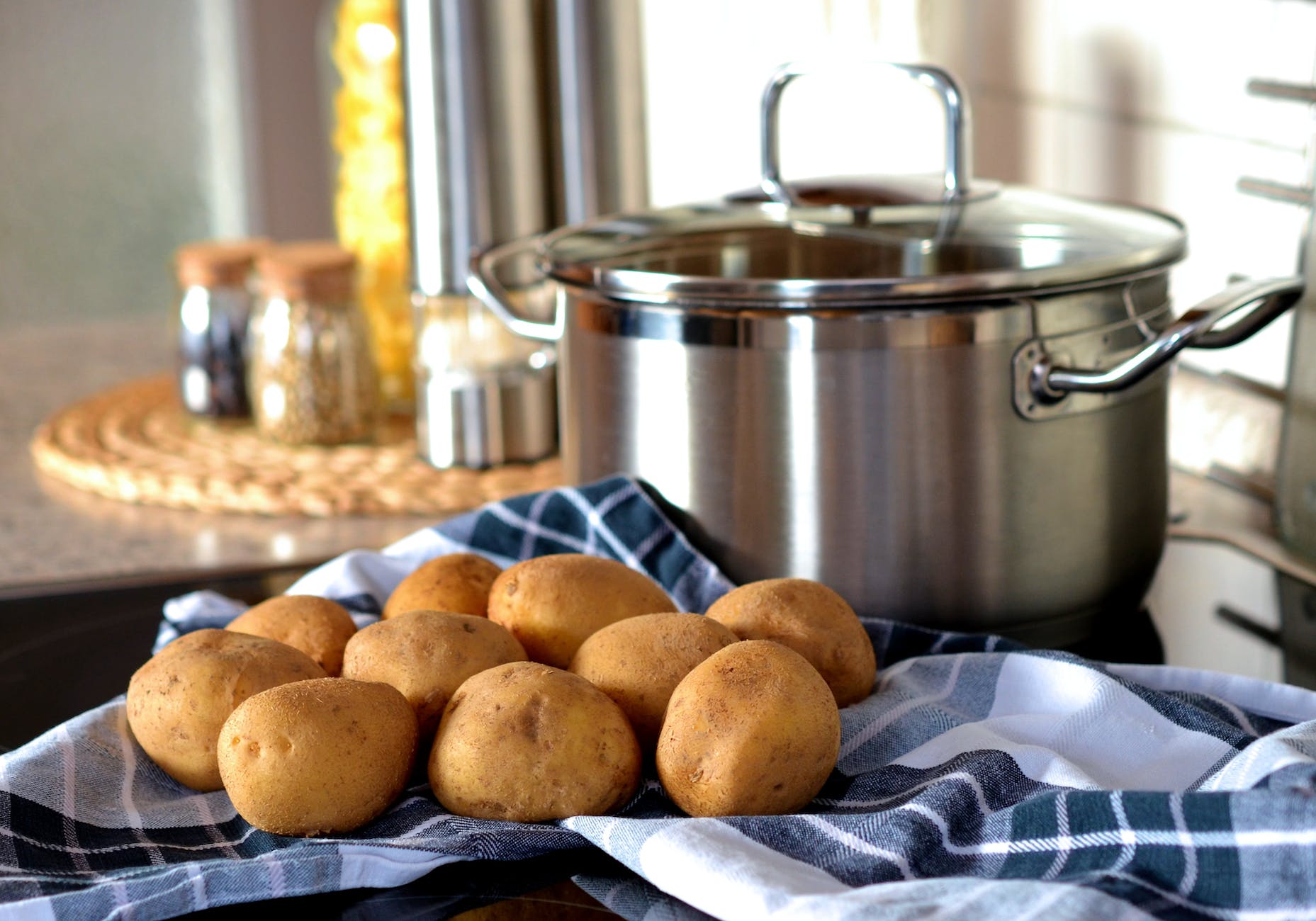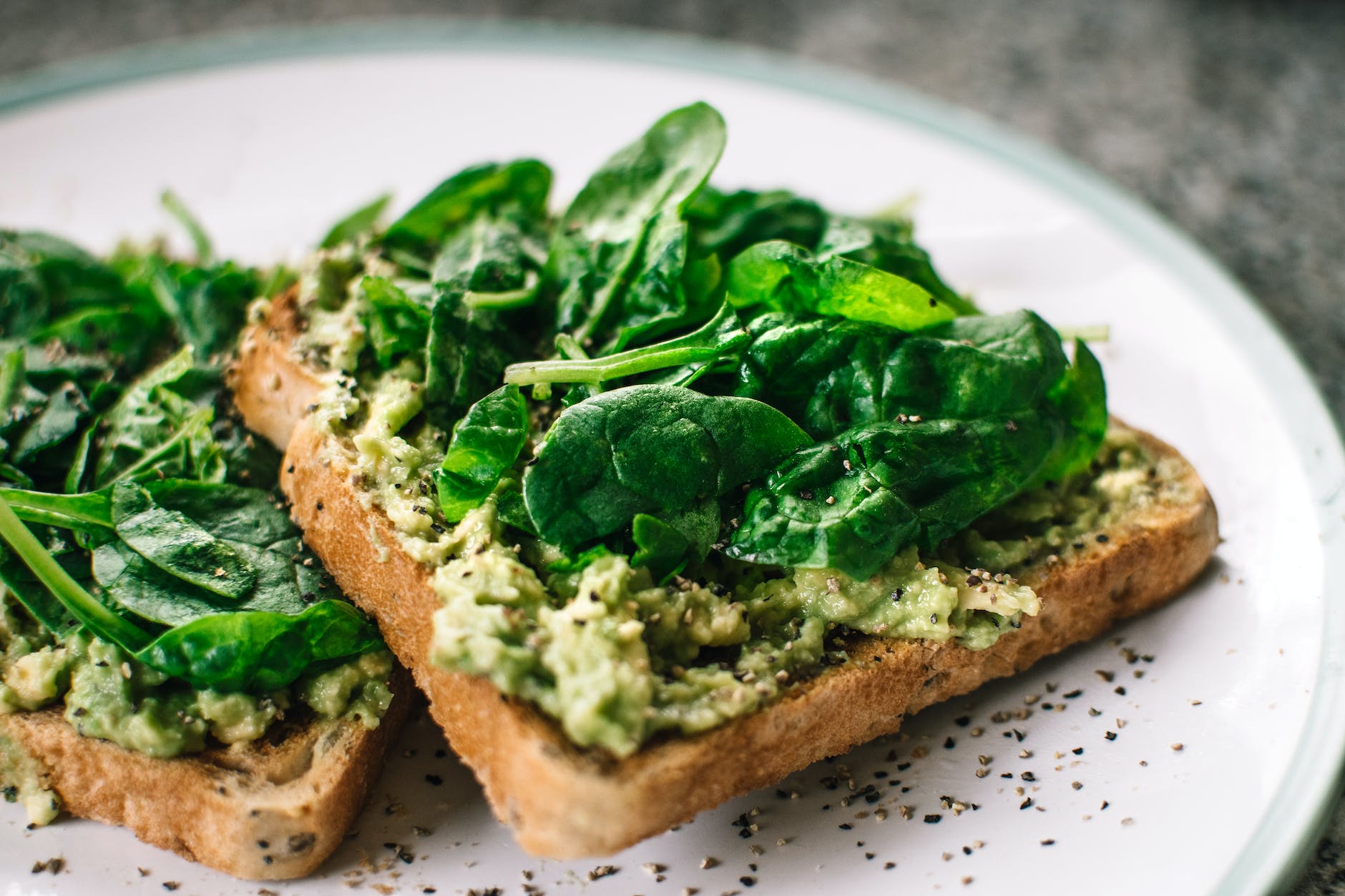
Introduction 🚀
Oats and chia seeds are two nutritional powerhouses that can support your weight loss journey in a delicious and satisfying way. In this detailed and comprehensive blog post, we will delve deeper into the nutritional benefits of oats and chia seeds, discuss how they aid in weight loss, explore various preparation methods to unlock their potential, provide you with mouthwatering recipes, and offer practical tips to incorporate these ingredients into your diet for effective weight management.
The Nutritional Benefits of Oats and Chia Seeds 🌾⚖️
- Oats:
- Rich in Fiber: Oats are a fantastic source of soluble and insoluble fiber. Fiber promotes feelings of fullness, aids in digestion, regulates blood sugar levels, and supports a healthy gut, all of which are crucial for weight management.
- Abundant in Complex Carbohydrates: Oats provide sustained energy due to their complex carbohydrate content. They release glucose slowly into the bloodstream, preventing spikes in blood sugar levels and keeping cravings at bay.
- Packed with Nutrients: Oats are loaded with essential vitamins and minerals, including manganese, phosphorus, magnesium, and B vitamins. These nutrients support energy production, a healthy metabolism, and overall well-being.
- Chia Seeds:
- High in Fiber: Chia seeds are one of the richest plant-based sources of dietary fiber. When mixed with liquid, they form a gel-like substance that helps expand in the stomach, promoting a feeling of fullness and reducing overall calorie intake.
- Omega-3 Fatty Acids: Chia seeds are an excellent source of omega-3 fatty acids, particularly alpha-linolenic acid (ALA). Omega-3s play a role in reducing inflammation, supporting heart health, and aiding weight management.
- Nutrient Powerhouse: Chia seeds are packed with important nutrients like calcium, magnesium, phosphorus, and antioxidants. These nutrients contribute to overall health and help optimize bodily functions.
How Oats and Chia Seeds Aid in Weight Loss ⚖️🌾
- Promoting Satiety and Controlling Appetite: Both oats and chia seeds are high in fiber, which swells in the stomach and promotes feelings of fullness. This can help reduce overall calorie intake by curbing excessive snacking and preventing overeating.
- Regulating Blood Sugar Levels: The soluble fiber in oats and chia seeds slows down the absorption of glucose, preventing sudden spikes in blood sugar levels. By stabilizing blood sugar levels, these ingredients help manage cravings and promote balanced energy throughout the day.
- Supporting Digestive Health: The fiber content of oats and chia seeds supports a healthy digestive system by promoting regular bowel movements and preventing constipation. A well-functioning digestive system is essential for optimal nutrient absorption and overall well-being.
Preparation Methods to Unlock the Potential 🍽️🔓
- Overnight Oats: Combine rolled oats, chia seeds, and your choice of liquid (such as milk or yogurt) in a jar or container. Add flavorings like honey, vanilla extract, or spices. Mix well, cover, and refrigerate overnight. In the morning, you’ll have a ready-to-eat delicious and nutritious breakfast.
- Chia Seed Pudding: In a jar or bowl, mix chia seeds with your choice of liquid (such as almond milk or coconut milk), sweetener, and flavorings. Stir well and refrigerate for a few hours or overnight until it reaches a pudding-like consistency. Top with fresh fruits, nuts, or granola for added texture and flavor.
- Oatmeal with Chia Seeds: Cook oats on the stovetop or in the microwave with water or milk of your choice. Just before serving, stir in chia seeds for an extra nutritional boost. Add toppings like sliced fruits, nuts, or a drizzle of honey for a delightful breakfast or snack.
Incorporating Oats and Chia Seeds into Your Diet 🥗💡
- Breakfast Powerhouse: Start your day with a bowl of oatmeal topped with a sprinkling of chia seeds and a variety of fruits, such as berries, sliced bananas, or diced apples. This combination provides a filling and nutrient-packed breakfast to kickstart your day.
- Snack Attack: Create energy-boosting snacks by combining oats, chia seeds, nut butter, and natural sweeteners like honey or maple syrup. Shape the mixture into bite-sized balls or bars and refrigerate for a convenient and satisfying snack on-the-go.
- Smoothie Boost: Add a tablespoon of chia seeds and a small handful of oats to your favorite smoothie recipe. These additions will enhance the fiber and nutrient content of your smoothie, making it more filling and nourishing.
- Salad Crunch: Sprinkle chia seeds and toasted oats on top of salads to add a delightful crunch and boost the fiber content. Pair them with leafy greens, colorful vegetables, and a protein source for a well-rounded and satisfying meal.
Conclusion 🏁
Oats and chia seeds are nutrient-dense ingredients that can play a significant role in your weight loss journey. Their high fiber content, ability to promote satiety, and support for healthy digestion make them valuable additions to a balanced and nutritious diet. By incorporating oats and chia seeds into your meals through various preparation methods and recipes, you can enjoy their benefits while working towards your weight management goals.
Disclaimer: This blog post is intended for informational purposes only and should not replace professional medical advice. Consult with a healthcare professional or registered dietitian for personalized dietary recommendations.













